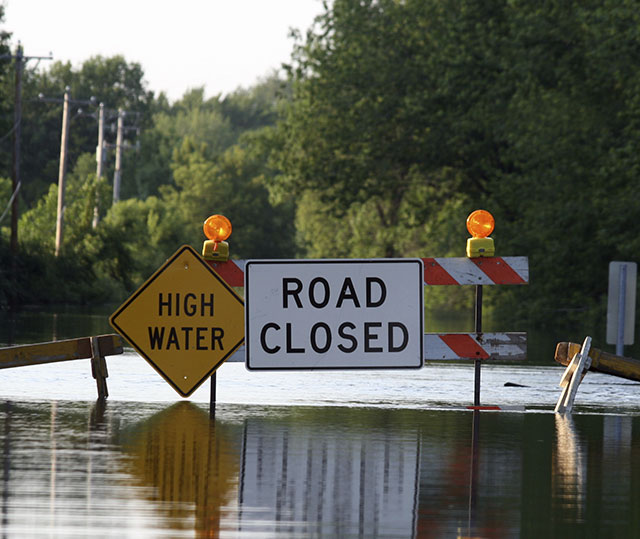

Emergency Management
Emergency management can help ensure that public safety is maintained during disasters or when critical infrastructure fails.
In this Section
Emergency Management
Emergency management is about maintaining public safety when threats arise from the failure of critical infrastructure or other disasters. All municipalities throughout Newfoundland and Labrador are required to have an Emergency Management Plan. These plans identify the potential threats in a community and establish the proper resources and procedures to protect public safety when such threats arise. Additionally, municipalities are encouraged to have Business Continuity Management Systems, which help ensure critical services of the municipal government can be maintained where there is a significant disruption.
Climate change is projected to cause significant changes in Newfoundland and Labrador, and it's crucial that the province is prepared for the associated risks. Examples of possible risks include:
- Increases in extreme weather events and flooding
- More intense forest fires due to prolonged dry periods in some areas
- Increases in invasive species, which may impact ecosystems and human health
- More coastal erosion.
What can you do?
Thorough and consistent planning is crucial to enhance the safety and long-term resilience of our province's communities. Actions to address the threats to public safety that may arise from climate change include:
- Keep Your Plans Current - Ensure your Emergency Management Plan and Business Continuity Management System are kept up-to-date and reflect any changes in the community or available resources.
- Integrate Climate Risks - Climate change may pose risks to your community that were not previously considered. Review available climate data to integrate any risks your community may face in the future as a result of climate change, such as coastal erosion or flooding in new areas.
- Monitor Flood Alerts - The Provincial Government maintains a Flood Alert System that provides daily alerts and forecasts for 45 areas from July to December each year, including flood risk levels and the estimated time of peak precipitation. This tool helps many communities to prepare for potential storm events.
- Maintain Infrastructure - Reducing the risks associated with threats, such as extreme weather, can be as straightforward as putting in place procedures to maintain infrastructure before a threat arises. For example, ensure culverts are cleaned and clear of debris before storms to help reduce damage to roads.
Helpful Resource

The Government of Newfoundland and Labrador has developed several resources to identify how climate change is expected to impact this province, including temperature and precipitation projections, as well as coastal erosion monitoring reports and flood risk maps. Visit the Climate Data and Tools page of this site to learn more.
What have others done?
Flood Risk Innovation in Badger
Managing Water Supplies in Port au Choix

